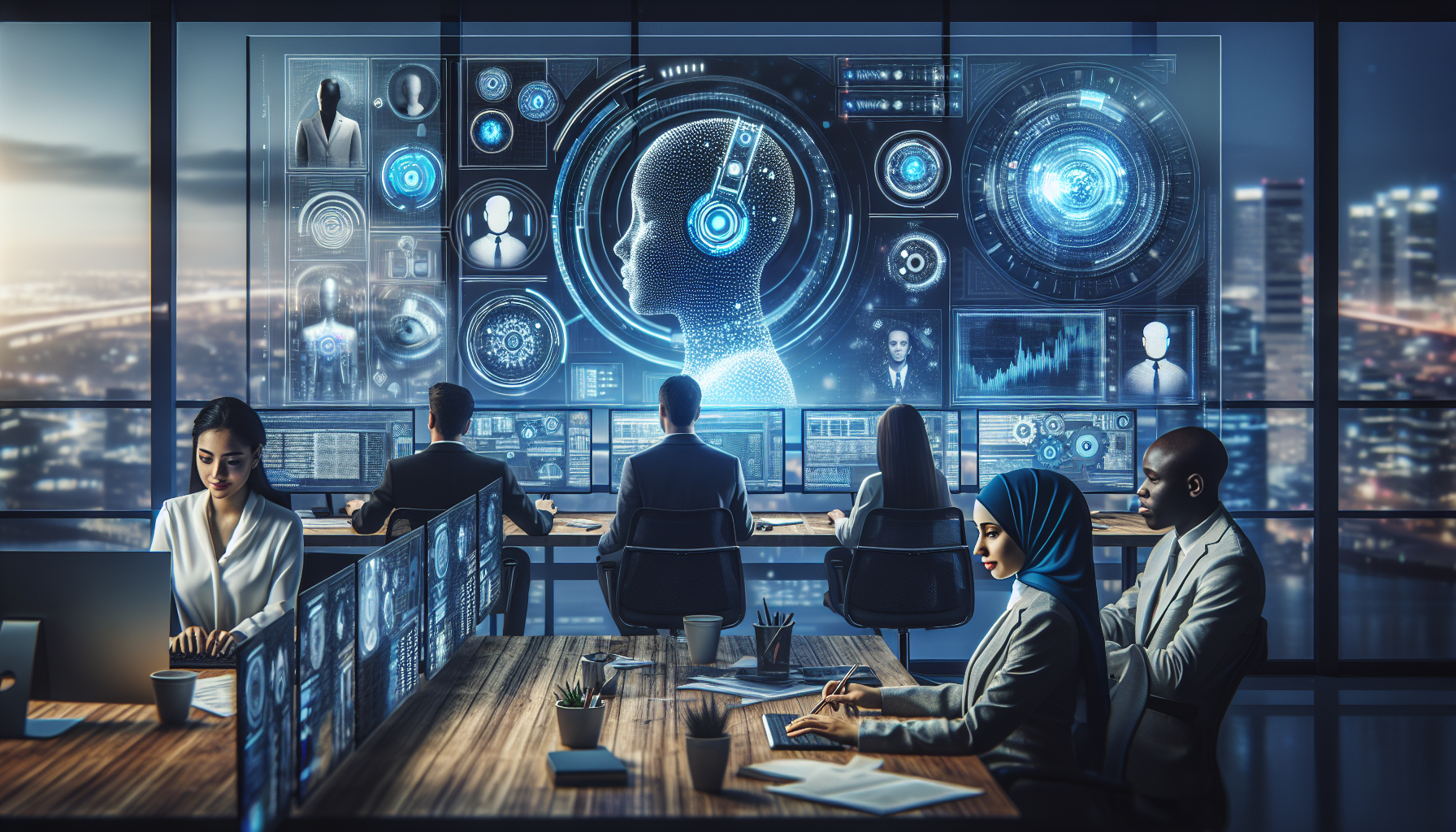Multimodal AI Advances: The Future of Workplace Automation
The Rise of Multimodal AI
Multimodal AI—systems that can process and generate text, images, audio, and video—are rapidly transforming the landscape of workplace automation, shaping the future of how businesses operate and how people work. This technology is driving significant advancements in various industries, from customer support to document processing and compliance.
Key Advances in Multimodal AI
Unified Multimodal Foundation Models
Advanced AI models like OpenAI's GPT-4o and Google's Gemini now integrate multiple data types (text, images, audio, etc.) into a single architecture. This allows for more streamlined deployment, scalability, and efficiency, enabling businesses to use a single AI system across a broad range of tasks rather than relying on separate models for each modality.
Rise of Multimodal AI Agents
Autonomous agents capable of understanding and responding to users via multiple input types (voice, image, text) are becoming increasingly common. These agents deliver more personalized, contextual, and human-like interactions, making them ideal for virtual assistants, customer service bots, and smart devices across sectors such as healthcare, finance, and e-commerce.
Impact on Workplace Automation
Enhanced Automation of Complex Workflows
Multimodal AI enables automation not just of routine text-based tasks but also of processes that involve analyzing or generating images, audio, and video. For example, enterprises can automate customer support through chatbots that respond to voice and image queries, or streamline compliance workflows by extracting information from scanned documents and handwritten notes.
Collaboration Between Humans and AI
Work is increasingly divided into discrete tasks, with AI handling pattern recognition, data processing, and execution, while humans provide context, judgment, and creative direction. This symbiosis allows for higher productivity and enables workers to focus on strategic and creative roles.
Shift in Workforce Skills
As AI takes over repetitive or technical tasks, human workers are moving towards roles that emphasize critical evaluation, contextual understanding, and the ability to guide and refine AI outputs. The demand for skills in data analysis, AI system management, and machine learning is growing, creating new job opportunities even as some traditional roles are automated.
Enterprise Applications Leading the Way
Customer Support
Multimodal AI chatbots handle queries via text, voice, images, or screenshots, resulting in richer and more intuitive customer interactions.
Document Processing
Integration of visual analysis and text recognition accelerates document management and retrieval, improving efficiency in sectors like legal, healthcare, and finance.
Compliance and Regulation
AI systems interpret both textual and visual regulatory data, automating complex compliance checks and reducing manual overhead.
Looking Ahead
The integration of multimodal AI is set to further accelerate workplace automation throughout 2025 and beyond, fundamentally reshaping business operations, job roles, and required skills.
New opportunities are emerging for workers skilled in AI curation, system management, and creative oversight, even as routine tasks are automated.
Multi-Agent Systems (MAS), where specialized AI agents collaborate to automate complex business functions, are expected to become more prevalent in enterprise environments.
In summary, multimodal AI is redefining workplace automation by enabling machines to understand and act upon the full spectrum of human communication and business data, thereby driving efficiency, innovation, and the creation of new kinds of work.
As we continue to explore the possibilities of multimodal AI, it's essential to consider the broader implications on the workforce and the skills required to thrive in this new landscape. The future of workplace automation is rapidly unfolding, and it's crucial for businesses and individuals alike to stay ahead of the curve.
For more insights on the impact of AI on the workforce, check out our article on AI Talent Wars: Engineers Earn $2M+ in Silicon Valley.
Read Next
- AI Superintelligence Breakthroughs Reshape Global Tech[1]
- Agentic AI and Accuracy
- Advanced Large Language Models (LLMs): New versions like GPT-4.5, Claude 4.0 and Mistral Large 2 are pushing boundaries
- AI Bias: 10 Real AI Bias Examples & Mitigation Guide
- Federated Learning: How Privacy-Preserving AI Is Revolutionizing Data Collaboration

